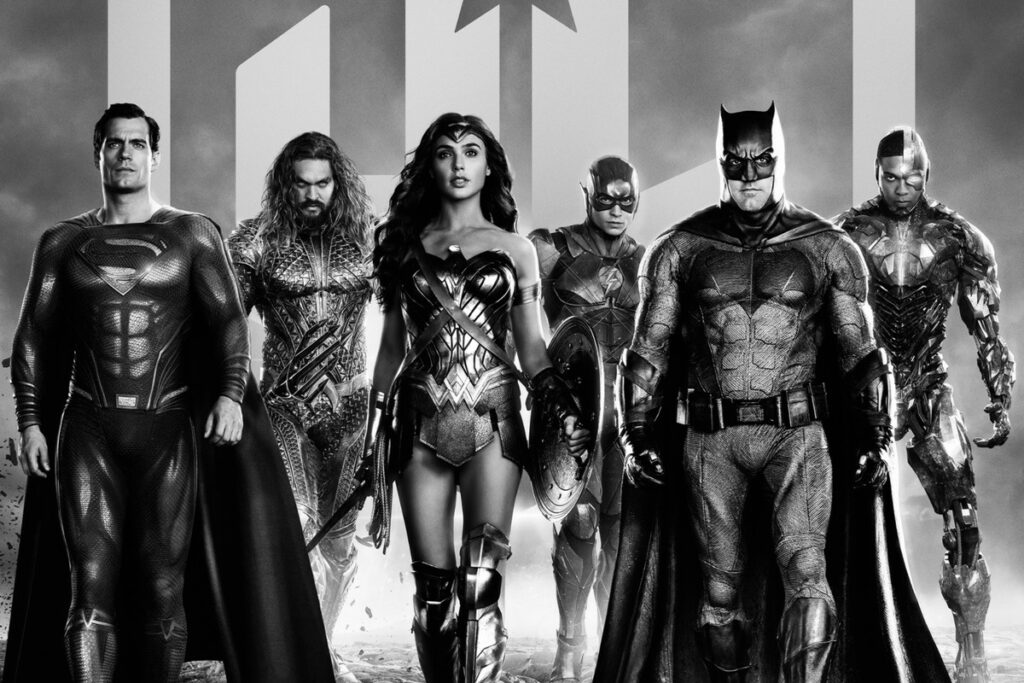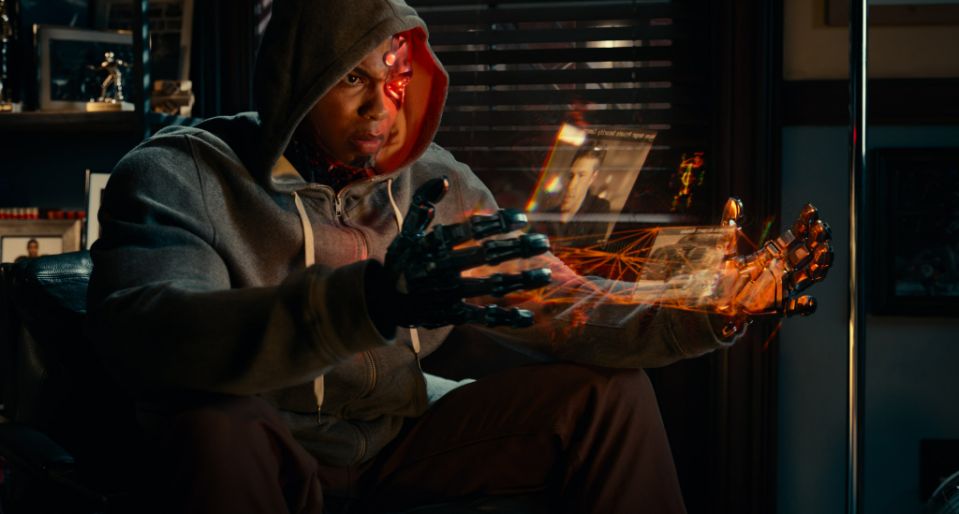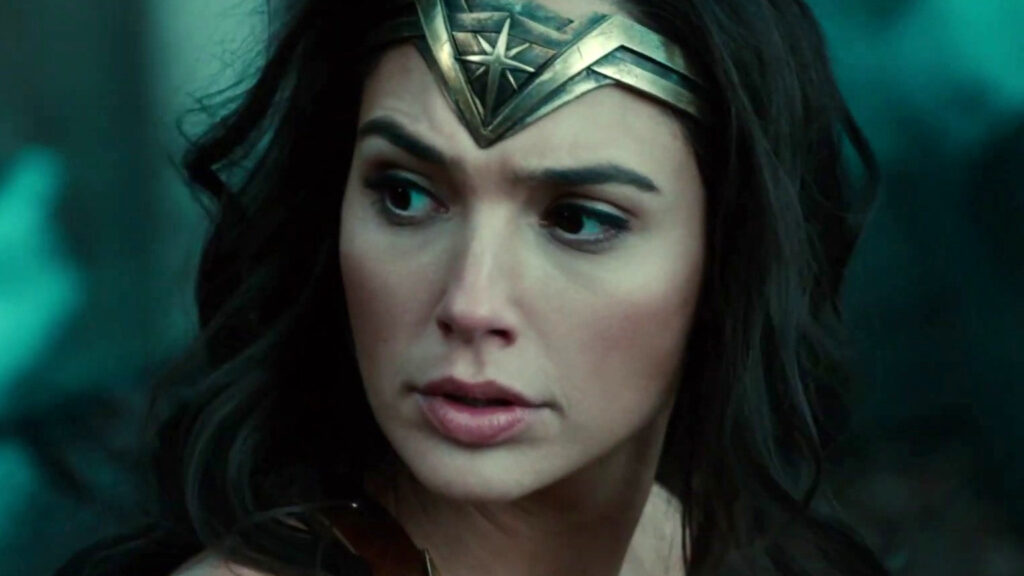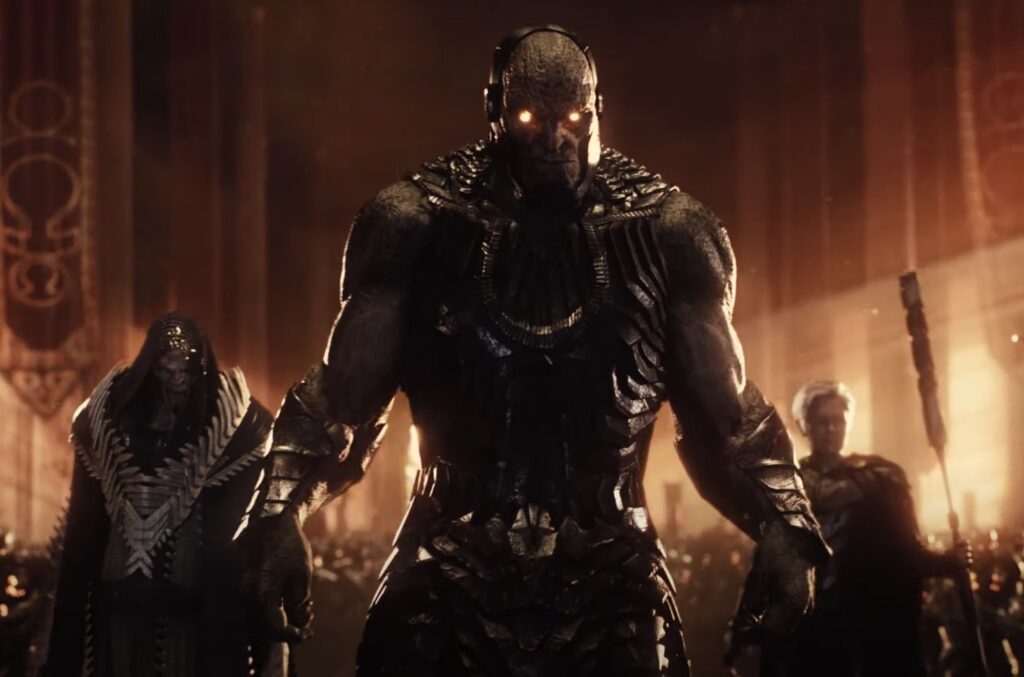Josstice League.
Few movies have had quite as contentious a journey to the screen as Zack Snyder’s Justice League. After suffering from an unexpected family tragedy, director Zack Snyder was famously replaced by the former golden goose of superhero movies, Joss Whedon, in early 2017. Whedon was tasked with completely re-working the film, shortening it significantly and lightening the tone into something more marketable than the grim, four-hour juggernaut that Snyder had originally turned in.
You can read the full, excruciating story here, but in a nutshell the Justice League theatrical cut turned out to be a rushed, chaotic production that failed to reconcile its two vastly different styles – satisfying neither critics, fans, nor investors. Roughly two and a half hours of footage was left on the cutting room floor and the hollowed-out, poorly stapled together Justice League turned out to be the surströmming-flavoured icing on the cataclysmically mishandled, incredibly divisive cake that was the DC Extended Universe.
The unprecedented announcement of ‘The Snyder Cut’ was hailed as a victory for the fans, and even Snyder sceptics were cautiously optimistic. After all, love him or hate him, his ambitious original plans for Justice League certainly sounded interesting, and many felt that he was – if nothing else – a victim of circumstance who deserved another shot at his magnum opus. Now, Snyder has completed his controversial Man Of Steel trilogy (for better or worse) and the years of intense speculation from both fans and critics can finally be put to rest.

So, now that the 18th of March has come and gone, the (allegedly) $70 million question is: is ZSJL any good? Encouragingly, the answer is actually a lot more ‘yes’ than ‘no’. Put simply, fans will rejoice because, in many ways, this film is a vindication for the Snyder faithful: a shockingly consistent, super-cool superhero yarn that makes up for many of the tone-deaf choices in Batman v Superman and Man of Steel, providing infinitely more satisfying character arcs and some smart, thrilling set-pieces. This may be one of Snyder’s best movies.
Don’t save your Marthas just yet though, because – in news that should surprise exactly no one – there is a caveat to that statement. The film is liberally sprinkled with classic Snyder missteps; stilted, unnatural dialogue (“My redemption is nigh!”), repetitive, dull exposition, an obsessive use of slo-mo action, an over-reliance on (sometimes unfinished) CG, and about forty minutes of unnecessary bloat. Overwhelmingly, though, this is a solid effort that should restore a measure of goodwill towards the much-maligned director in all but his most dedicated haters.
‘Bleep Bloop’, The Robot With Feelings.
Despite featuring absolutely none of the footage shot by Whedon, ZSJL expectedly revolves around the same basic plot beats as the 2017 version; bad guy Steppenwolf (who looks like the offspring of a hammerhead shark and an enchanted box of lawn staples) comes to Earth looking for three world-obliterating ‘Mother Boxes’ so his boss Darkseid can come and smash up the place, and our heroes must find a way to stop him.
Freed from time constraints and finally able to flesh out the important character motivations and incidental details of his sprawling narrative,
Snyder sets out his revolving cast of characters and side-plots with a reassuring degree of competence. Gone (mostly) are the days of BvS’ incomprehensible motives and meandering, unsolved plot threads. Zack Snyder’s Justice League spends the first two hours of its six-part retcon re-establishing the positions of the major players in the story, as well as introducing Ezra Miller’s Flash, Jason Momoa’s Aquaman and Ray Fisher’s Cyborg into the fold gradually, but in a way that still feels important to the narrative.

This world-building is propped up by the Amazonians and Atlanteans’ valiant but doomed attempts to protect their Macguffins; these scenes are greatly expanded from the original cut and provide regular, much-needed injections of urgency into the gradually building end-of-the-world plot. Snyder has always been a visual director, and these sequences (one in a sunken Atlantean temple, the other on horseback on the plains of Themyscira) are suspenseful, inventive and give the movie a sense of scale, rising dramatic stakes and visual diversity.
As for our major players, both Cyborg and Steppenwolf struggle with unresolved daddy issues; Lois Lane and Martha Kent are sad about Clark’s death; Barry Allen’s dad tries to talk him out of going to university for some reason; and Aquaman seems more interested in taking off used sweatshirts for his OnlyFans (OnlyFins?) subscribers and doing Davidoff: Cool Water poses than listening to Batman’s pleas for help. Meanwhile, Wonder Woman heroically annihilates the entire side wall of a bank (and, presumably, any first responders who were standing outside at the time) in the process of stopping some vaguely evil terrorist blokes, then goes tomb raiding in the hopes of finding some exposition.

While these scenes are more entertaining than a Chris Terrio script has any right to be, it’s difficult to shake the feeling that much of this first-half legwork should have been done before the crossover team-up movie, rather than during. Although the extra time is largely well spent establishing backstories and character arcs, the Mother Box scenes simply act as a temporary break from the lack of momentum that occasionally threatens to grind the film to a halt. We only get our first actual glimpse of Bruce Wayne in full Batman mode at about the halfway mark, and it’s only in the second half that the film really engages with some of its most interesting ideas.
The Theme Is ‘Working Together’, You Guys!
These ideas are almost exclusively borne out of the interplay between the members of the fledgling Justice League and their intensifying clashes with Steppenwolf. While Affleck and Momoa brood and quip and flex admirably, it is Ray Fisher and Ezra Miller who shoulder much of the dramatic heavy lifting and bring a much-needed jolt of vulnerability and humanity to the screen. Miller is charismatically, neurotically self-aware and squeezes every drop of humour out of a hit-and-miss script, and Fisher provides a solid, if uncomplicated emotional core as the tragic, introverted, Swiss-army quarterback. Mercifully, Whedon’s attempts at flippant, Avengers-style quips have been jettisoned, but the movie still has enough neat character moments and smartly judged flashes of levity to ensure that our heroes remain compelling and (relatively) relatable.
Gadot and Cavill, on the other hand, are almost consistently underwhelming; their characters are so relentlessly wholesome, their dialogue so blandly heroic that even Gilbert Gottfried would struggle to liven it up. Superman spends a significant portion of his screen time either furrowing his brow like a dog trying to understand the concept of Lent or gazing stiff-necked into the distance like a different dog guiltily refusing to look at an empty, gnawed bag of Mini Eggs. For her part, Gadot’s worst flaw is in her inconsistent delivery: one scene sees Wonder Woman narrate a rousing battle between ancient armies, alien armadas, and literal gods as if she’s describing a half-remembered trip to the ATM.

There is a coherence and a certain over-indulgent rhythm to the final chapters of Zack Snyder’s Justice League however, that almost make up for many of the movie’s mistakes. As the story threads unite and each character is absorbed into the main quest, the movie goes Full Snyder™ with a series of kinetic, elaborate action sequences that stylishly utilise and combine each character’s abilities. Some moments of note: the sequence featuring the ‘Nightcrawler’ (or ‘Bat-Crab’ to anyone with halfway good taste) and a nice bit of hostage- rescuing (aka Real Superhero Sh*t), The Flash’s cleverly foreshadowed use of the time-bending ‘Speed Force’, and a surprise heat-ray haircut into mid-air decapitation that’s as unexpected as it is grimly satisfying. There’s even a fifteen-minute epilogue made from entirely new footage, featuring a tantalising glimpse of Jared Leto’s Joker spouting some entertainingly original vaudeville-style profanities, just before the credits roll.
That’s My Secret Diana. I’m Always Dressed.
Much like this review, Zack Snyder’s Justice League is both awkwardly paced and quite inefficient (and about three years too late). It’s still miles better than its older, developmentally challenged siblings – and a notable addition to the superhero genre as a whole – but it’s certainly not going to give Martin Scorsese any sleepless nights. The real point of ZSJL is that it actually serves as the climactic third act of Zack Snyder’s own redemption arc: the long-awaited return of one of nerd culture’s most enthusiastically debated figures. It’s a last-ditch, all-or-nothing chance to finish what he started nine years ago with Man Of Steel.

The unfortunate thing about redemption, though, is that tough lessons and tests of faith are often learned along the way; the seemingly never-ending torrent of controversies and critical poundings he faced in his professional life were no doubt challenging. Yet it appears that the director whom everyone loves to hate has emerged from this turmoil wiser, more confident, and more competent than ever, without tempering his edgiest edges. Zack Snyder’s Justice League is film of contradictions; an ambitious, over-indulgent, self-aware, silly, exhilarating, apocalyptic assortment of everything Snyder does best, and a bittersweet final salute to his time captaining the doomed DCEU.
